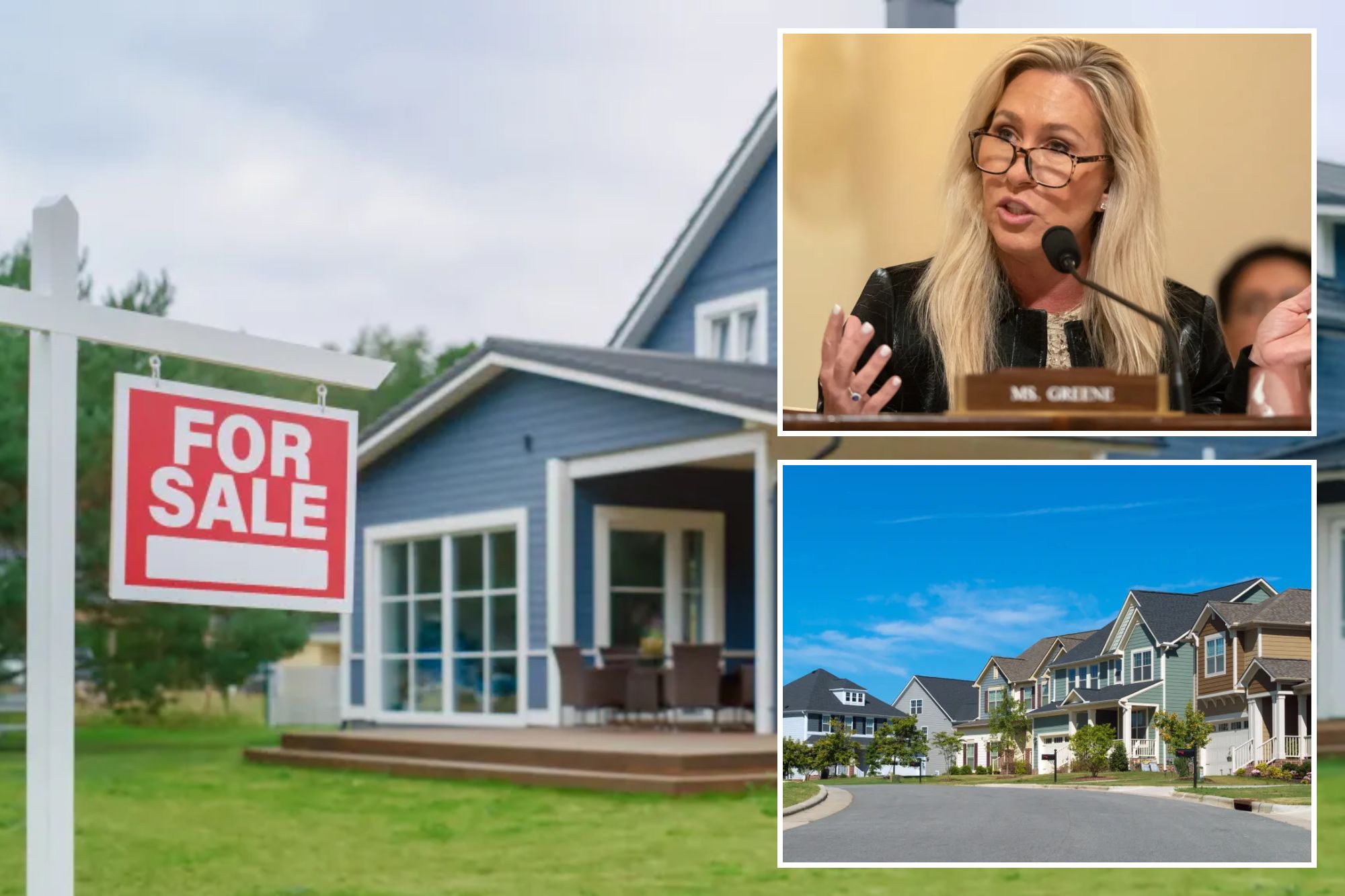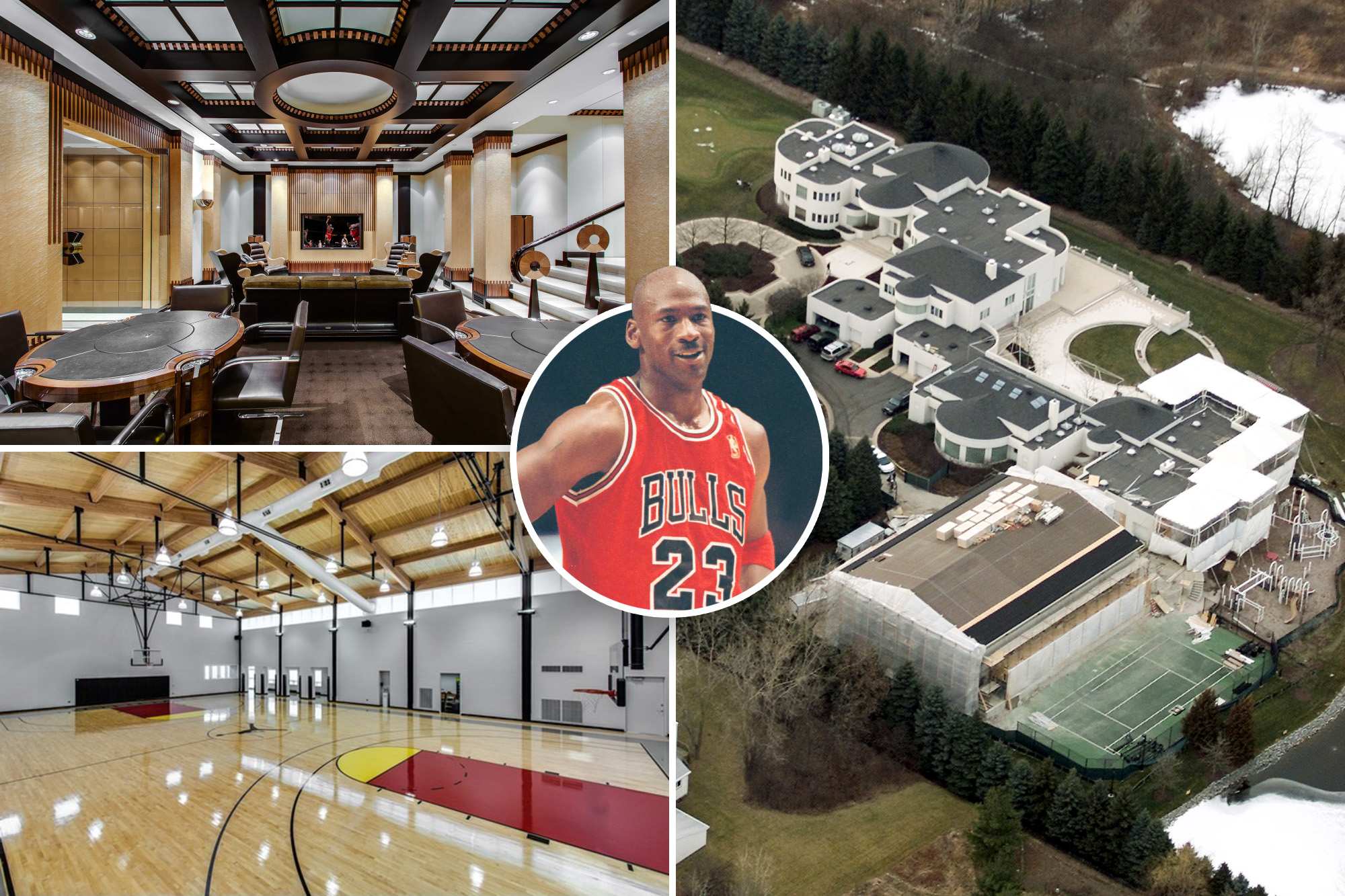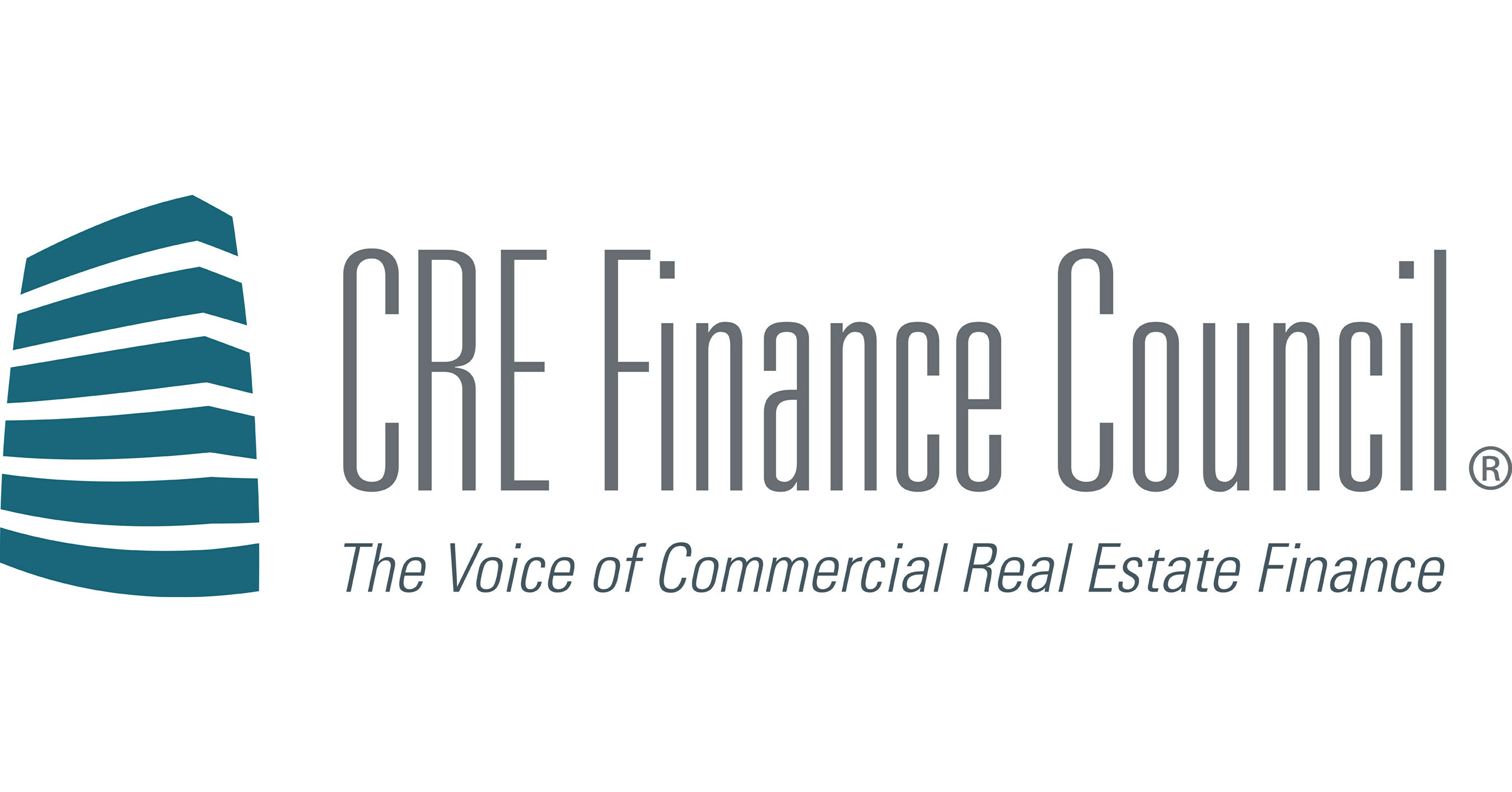T
he premium for buying new homes is rapidly eroding. The price gap between new and existing properties hit a record low in Q3, and builders are responding with incentives that lower mortgage rates and upfront costs.
In the South and West, new‑construction homes now cost less per square foot than comparable existing homes, according to Realtor.com®’s New Construction Insights Q3 2025 report. “Builders have a sizable spec inventory they’re eager to move as the market cools seasonally and in terms of price and sales growth,” says Joel Berner, senior economist at Realtor.com. “Quick‑move‑in inventory is available, and prices and incentives are being cut to accelerate sales.”
The report shows that new‑construction listings have rebounded since the inventory slump of 2021‑22, when mortgage rates were historically low and buyer activity spiked. Mortgage rates are currently 6.26% for the week ending Nov. 20, per Freddie Mac, and have hovered near 6% for several weeks, even dipping to 12‑month lows, yet this hasn’t swayed buyers enough to reverse the trend.
Active listings rose 15.3% year‑over‑year in October, marking the 24th consecutive month of gains. The number of homes for sale surpassed 1 million for the sixth straight month, according to Realtor.com data.
Across the country, the median list price for a newly built home in Q3 was $451,337, a 0.2% increase from the previous year. The South and West lead in new‑home activity, with higher supply and larger price reductions. In contrast, the Northeast and Midwest, where new construction remains a premium product, see fewer listings and smaller price cuts.
Sean Phillips, founder of Otto ADU, notes that in Los Angeles the cost to build a new home is roughly half the price per square foot of buying an existing one. “It can be a great investment if buyers are willing to wait,” he says.
Builders face labor shortages and new tariffs on construction materials, squeezing margins. To move inventory, they’re offering more incentives. Whitney Hill, a licensed general contractor and former Realtor®, explains that waiting for a new home can be worthwhile because long‑term operating costs are lower than those of an existing property. A new home can also be customized to the buyer’s preferences, and the total wait time can be minimal depending on the build type.
In the South and West, inventory has largely recovered to pre‑pandemic levels, thanks to builders delivering plentiful and affordable homes. New builds there have a single‑digit price premium and a higher rate of price reductions. In the Northeast, where new construction is rarer, price reductions are less common.
Berner adds that new builds are now price‑competitive with existing homes and more affordable on a per‑square‑foot basis. In markets where affordability is paramount, new homes are priced to sell and offer attractive financing that eases the burden of down payments and monthly payments.
Tom Labelle, founder of Stillwater Custom Homes, points out that while upfront costs of building can match or exceed those of buying an existing home, homeowners can allocate their budget toward features, systems, and performance that truly matter. “They’re not paying for outdated layouts, aging infrastructure, or unwanted upgrades,” he says.
Builders are offering incentives such as reduced rates— the most common promotion listed on Realtor.com— mortgage rate buydowns, and below‑market mortgage rates. “Builders holding inventory are offering real incentives to clear their books,” Hill says. “These incentives often come after the home’s quality is locked in, so buyers may get a high‑quality home for a lower price because of current market conditions.”
In Q3 2025, the average 30‑year mortgage rate for an existing‑home buyer was 6.26%, while new‑home buyers enjoyed an average rate of 5.27%, a 99‑basis‑point advantage. “Builders take a hit with these incentives. They’re costly marketing tools, but often a better alternative to leaving a house unsold,” Berner concludes.















